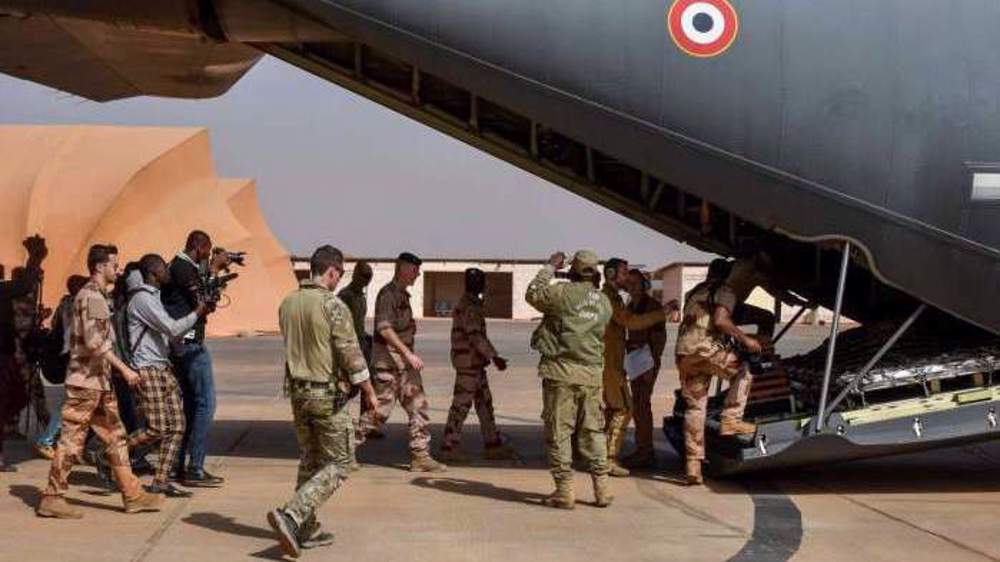Al-Shabab militants behead 9 civilians in southeastern Kenya
Suspected Takfiri al-Shabab terrorists have decapitated at least nine people in an attack on a pair of villages in southeastern Kenya, near the border with restive Somalia.
The deadly attack was carried out overnight on Saturday, when some 15 suspected al-Qaeda-linked militants stormed the two neighboring villages of Jima and Poromoko in the Kenyan coastal district of Lamu, near the Somali border, gathering their civilian victims together before beheading them, Kenyan local police and officials said.
A senior police officer at police headquarters in the capital Nairobi, speaking on the condition of anonymity, also confirmed the brutal incident. "It is true, we have lost nine people in today's attack," he said, without providing further details.
According to villagers, most of the heavily armed assailants appeared to be ethnic Somalis. The victims “were slaughtered like chickens”, said a villager, who witnessed the incident.
Residents of the two villages had called the police a day earlier, reporting the presence of al-Shabab militants in the area, but no police forces were apparently deployed in the area to boost security.
The Somalia-based terror group has for years conducted deadly cross-border attacks in Kenya but it has rarely decapitated the victims.
The Saturday attack was carried out in the vicinity of Pandanguo village, where terrorists killed three police officers in an attack on a police post in Lamu on Friday.
The al-Shabab group has vowed retribution on Kenya for deploying troops in 2011 to Somalia to help its fragile central government curb the terror group, which last year became the deadliest terrorist organization in Africa.
In recent months, the terror group has increased attacks, using homemade explosive devices, killing at least 46 people in Lamu and Mandera districts.
The increase in attacks can pose a security threat against Kenya’s August 8 presidential election.
In Somalia, al-Shabab militants have been pushed out of all major urban strongholds and ports, but they continue to stage attacks on targets in smaller, more remote areas.
Occupation of Syria’s highest peak Mount Hermon part of ‘Greater Israel’ project
Iran: Syrian people will decide their future without foreign interference
IRGC says Iran’s power exceeds borders, warns enemies to adjust themselves
Dozens detained, several wounded in Israeli raids in West Bank
‘Ethnic cleansing’: Hamas blasts Israeli attacks on Gaza hospital amid intl. silence
Saudi delegation meets HTS leader at presidential palace in Damascus
Relentless Israeli ceasefire violations justify need for self-defense: Lebanese MP
Tel Aviv tells Damascus Israeli forces will remain in occupied territory: Report














 This makes it easy to access the Press TV website
This makes it easy to access the Press TV website